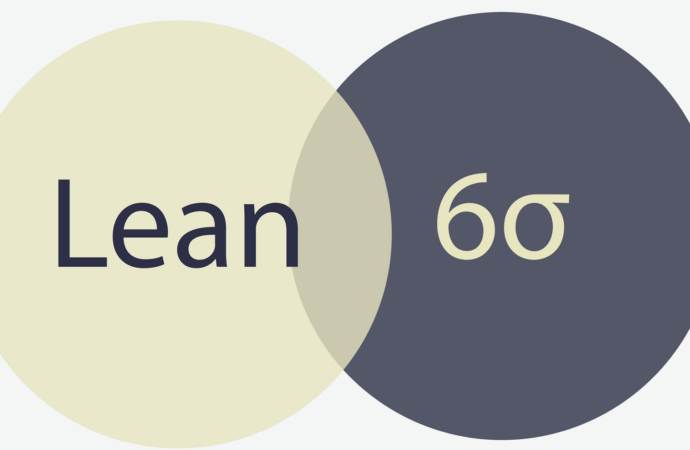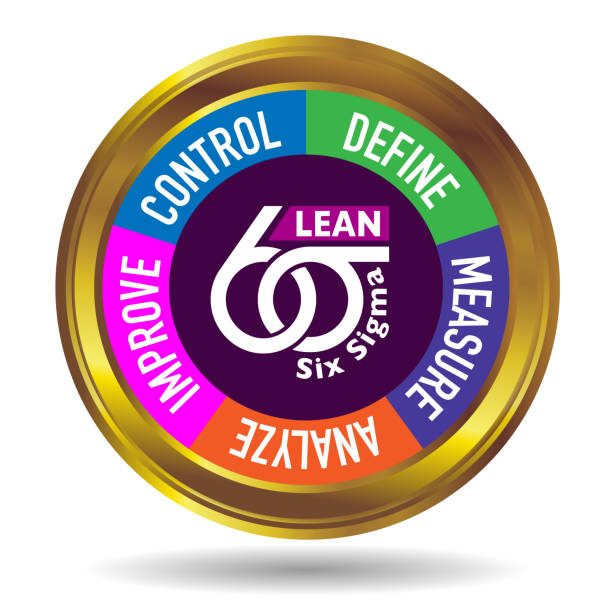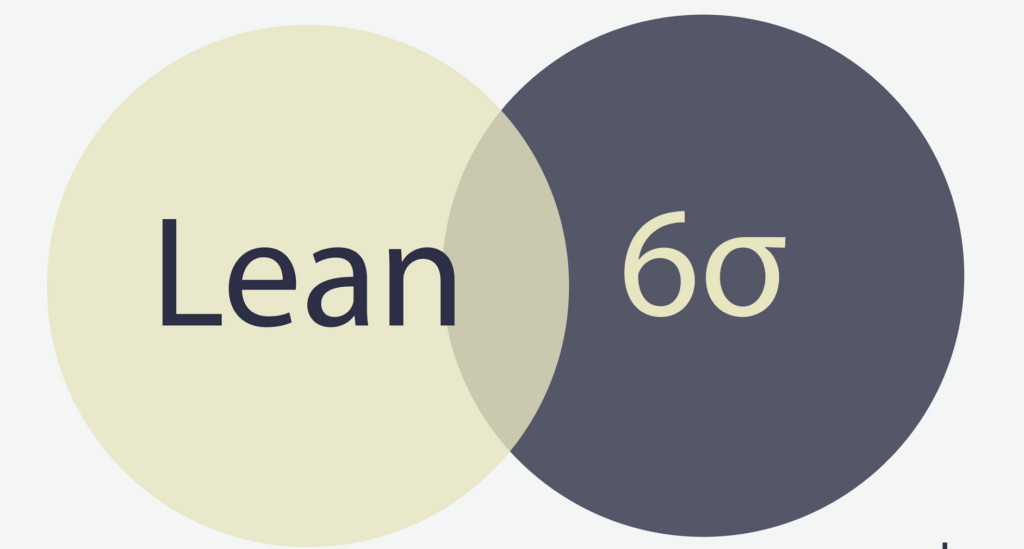Norfolk Residents - Learn Lean Six Sigma’s History Here
Contact Us

Lean Six Sigma, a well-known manufacturing technique that helped overcome Japan’s dominance during the 1980s, is now widely known. Although it originated in manufacturing, professionals and students recognize its many benefits for systems and processes in all industries. It can be easily integrated into their lives to help them grow and achieve better results as well. Lean Six Sigma Curriculum for Norfolk High School Students of Virginia is committed to sharing all details about the methodology, and we start with the history of 6 Sigma.
We encourage you to look at history as it will give an excellent overview of the methodology and its growth over the past decade.
Let’s start by saying that Lean Six Sigma blends Japanese management principles with original methodologies like Six Sigma and Lean. They are both individual methods but can be traced all the way back to the United States.
Kaizen is also a significant influence, and for those who know little about it, it encourages cooperation and commitment while striving to satisfy customers. This was one of the most important strategies that enabled growth in the 1980s.
Other methods influenced LSS, but that doesn’t mean we need to examine each one individually to understand how history works.
Let’s instead focus on the roots of Six Sigma and Lean and why LSS remains a viable option.
How LSS Was Developed from Six Sigma & Lean
While Kaizen is the original concept of LSS, the latter was created and incubated using other ideologies to overcome the challenge and threats established by Japanese companies utilizing Kaizen for better results.
Regarding adapting and adding principles and structures to the process, LSS closely follows Six Sigma and Lean.
When it comes to the individual methodologies, each one is unique, but each has its principles and fundamental concepts that are the basis of the combined method we are also focusing on.
Because of its structure and principles, Lean is often considered a way to reduce waste and increase customer satisfaction. Many people refer to Lean’s roots by referring to Toyota and its system.

Toyota was involved in the creation of the Toyota Production System (or TPS). John Krafcik (a researcher at MIT) was also involved in the development of it, and he was searching for a name that would describe the TPS system. On a whiteboard, he wrote down the differences between Toyota’s system and traditional production. He concluded that Toyota’s system requires less of everything in order to create value.
This is how Lean Thinking was created quickly. It has focused on reducing waste and eliminating activities that don’t add any value since its inception.
Lean is built on its own principles and foundations. Understanding your customer is essential to understanding the process waste stream and all the benefits and productivity within the cycle. Lean is customer-oriented and helps you achieve better results.
On the other hand, Six Sigma is an American-based methodology dating back to the 1980s. Motorola created six Sigma to address problems the company faced with foreign companies.
Six Sigma and Lean both recognize the importance and complement each other when it comes to thinking about growth and making sure companies or individuals are able to achieve it and set a continuous process for it.
But What Does This Mean for LSS?
LSS has been used in many different ways throughout history, but if we need to focus on the main options and reasons why it is used, they would include: improving productivity, efficiency and decreasing waste and quality.
Based on the influence of both methods (the ones we have just reviewed), practitioners have found ways to use LSS in areas other than manufacturing.
Lean helps companies and employees to understand customers better and prioritize their needs. Then they can focus on the company’s core value stream and processes in order to achieve perfection.
Six Sigma is dedicated to excellence and an environment that promotes efficiency and clean operations while also being committed to innovation and continuous improvement.
Lean Six Sigma is a tool that can be used to assist students, professionals, business owners, and others. Because it focuses on all of the different methods, it is possible to achieve all of these results thanks to the structure that surrounds it:
- Learn how to reduce waste.
- Increase efficiency.
- Reduce errors.
- The company will be less at risk.
- It is possible to improve your time management.
- Lower costs translate into higher revenues and better wages.
- Get motivated.
- Innovation and leadership.
We Can Help with Every Step
Contact our Lean Six Sigma Curriculum Pros of Norfolk group for more information. Our experts will teach your students and employees the methodology so they can become problem-solvers, continuous improvement specialists, and team builders.
We want you to feel valued and to be able to reap the full benefits of every job.

